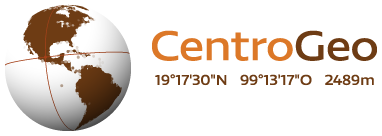The “Ejido” as a focal unit for spatial analysis of nature-society relationships
One of the biggest changes in the nature of geographic knowledge over the past fifty years has been the development of relevant spatial theories about the location, the arrangement and distribution of objects and geographical events and space-time interactions between their physical and human components. On the other hand, one of the most pressing needs in territorial planning and the design of public policies at the local level is the availability of spatial information at this level. This study shows how the "Ejido" - the most common land tenure in Mexico - can serve as a focal unit for spatio-temporal analysis of nature-society relationships. As a key concept to analyze these relationships is the "farming system" which corresponds to the modes of agricultural exploitation of space by a society, result of the combination of natural, socio-cultural and economic factors. The ejido/community was considered as part of a self-organized hierarchy where the top level of analysis corresponds to the municipality or watershed units, and the lower level to the plots of the ejidatarios. For the characterization of agrarian systems, 25 communities were interviewed. This information was supplemented with data from the Population Census. Using spatial analysis, a geospatial hierarchical model was built (with geology, geomorphology, climate and vegetation land use attributes), which served as the basis for spatial analysis of agrarian systems and their relationship with environmental characteristics. Based on spatial data analysis a typology of agricultural systems was generated, grouping them in 11 types of systems, for which their spatial distribution and its relationship with environmental characteristics were mapped. Additionally for each one of community/Ejido, it was possible to show the spatial distribution of the status of the different types of capital (natural, social, cultural and economic). In conclusion, the project allows explicitly show and analyze the large spatial heterogeneity that may exist among municipalities entities, their knowledge would allow the design of better public policies, as well as a more realistic approach to local problems, resulting from the interaction of the social actors with the environment.





